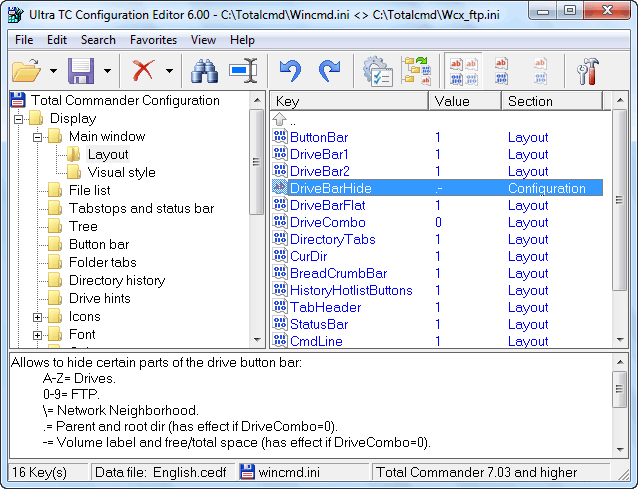
In the late 1980s and early 1990s, the ROC transitioned from a one-party military dictatorship to a multi-party democracy with a semi-presidential system.

In the early 1960s, Taiwan entered a period of rapid economic growth and industrialisation called the " Taiwan Miracle". The effective jurisdiction of the ROC has since been limited to Formosa, Penghu, and smaller islands. It subsequently lost the mainland to Communist forces and retreated to Taiwan in 1949. The Republic of China, which had overthrown the Qing in 1911, took control of Taiwan on behalf of the Allies of World War II following the surrender of Japan in 1945. The island was annexed in 1683 by the Qing dynasty of China and ceded to the Empire of Japan in 1895. In the 17th century, large-scale Han Chinese (specifically the Hakkas and Hoklos) immigration to western Taiwan began under a Dutch colony and continued under the Kingdom of Tungning. Ancestors of Taiwanese indigenous peoples settled the island around 6,000 years ago. Taiwan has been settled for at least 25,000 years. With around 23.9 million inhabitants, Taiwan is among the most densely populated countries in the world. Other major cities include Taoyuan, Taichung, Tainan, and Kaohsiung. The capital, Taipei, forms along with New Taipei City and Keelung the largest metropolitan area of Taiwan. The main island of Taiwan, also known as Formosa, has an area of 35,808 square kilometres (13,826 sq mi), with mountain ranges dominating the eastern two-thirds and plains in the western third, where its highly urbanised population is concentrated. The territories controlled by the ROC consist of 168 islands, with a combined area of 36,193 square kilometres (13,974 sq mi).

Taiwan, officially the Republic of China ( ROC), is a country in East Asia, at the junction of the East and South China Seas in the northwestern Pacific Ocean, with the People's Republic of China (PRC) to the northwest, Japan to the northeast, and the Philippines to the south.


 0 kommentar(er)
0 kommentar(er)
